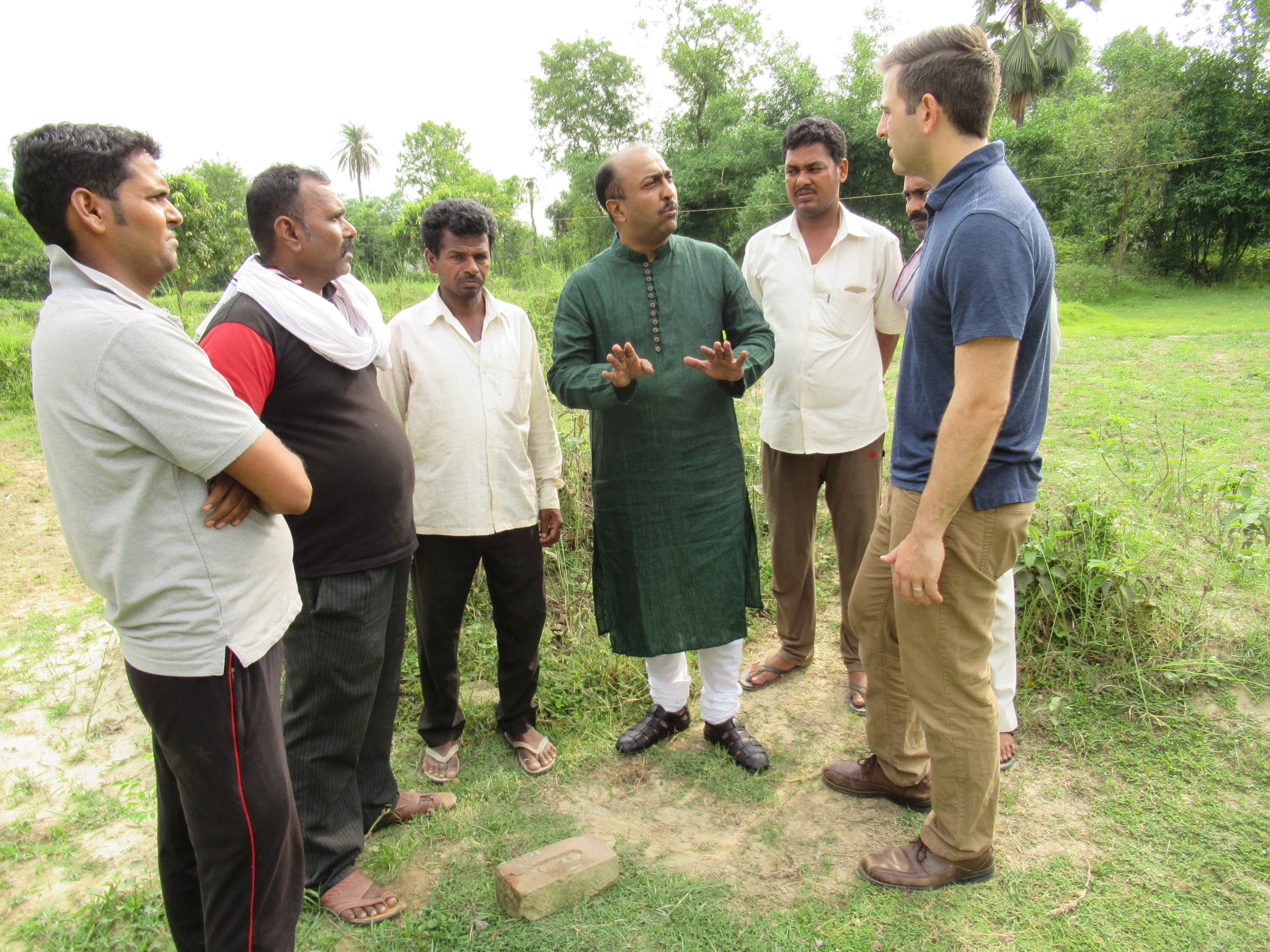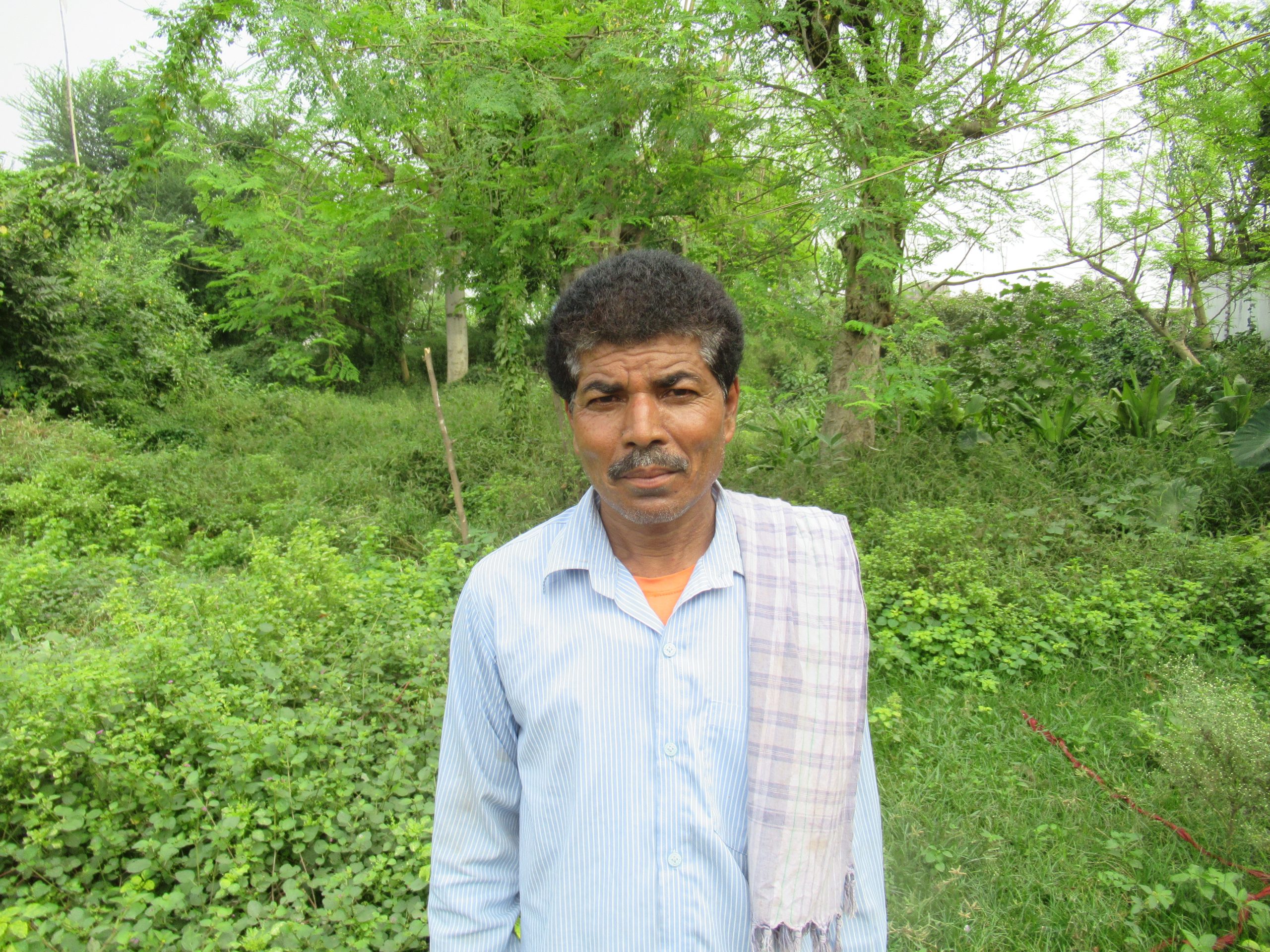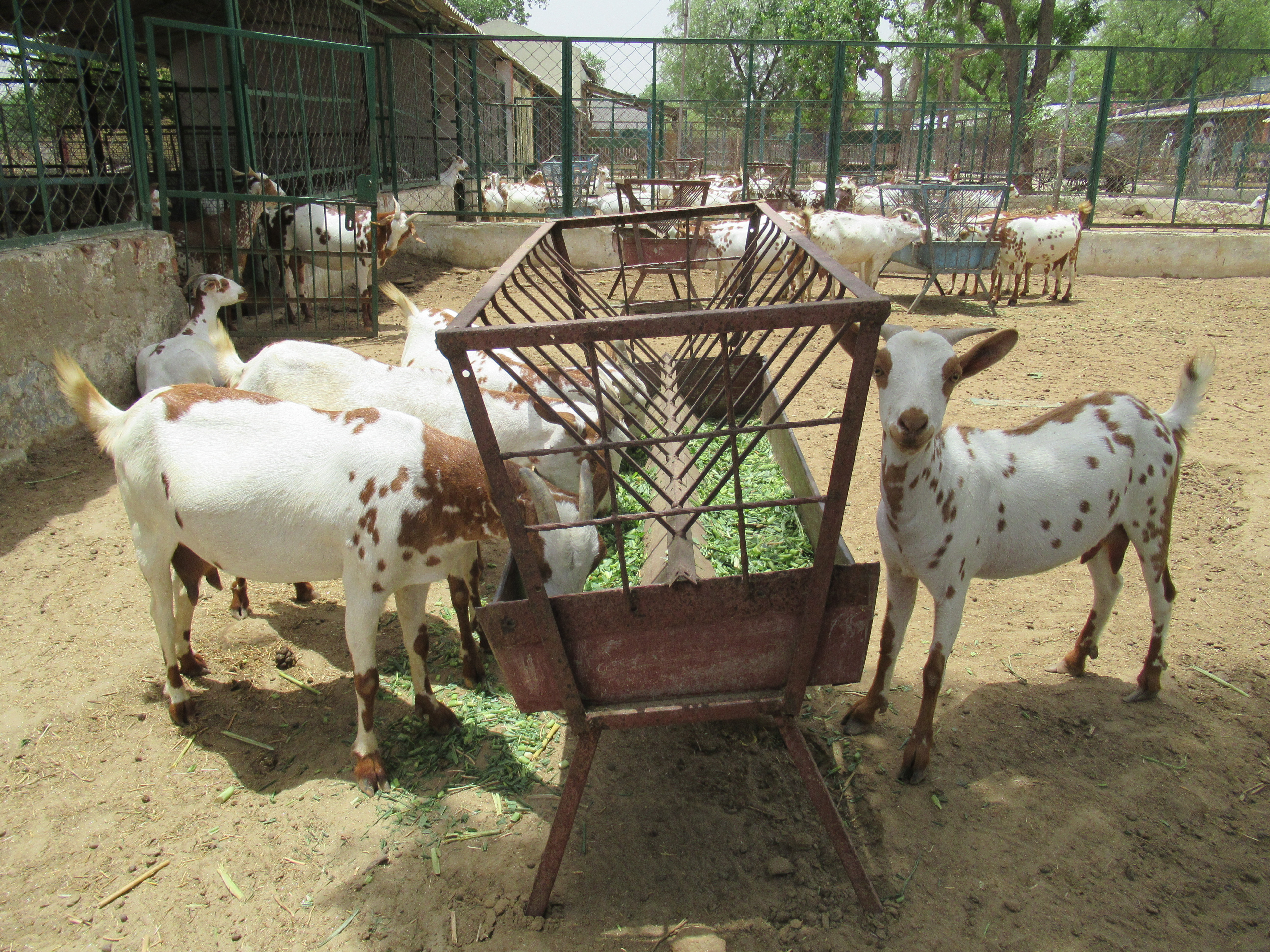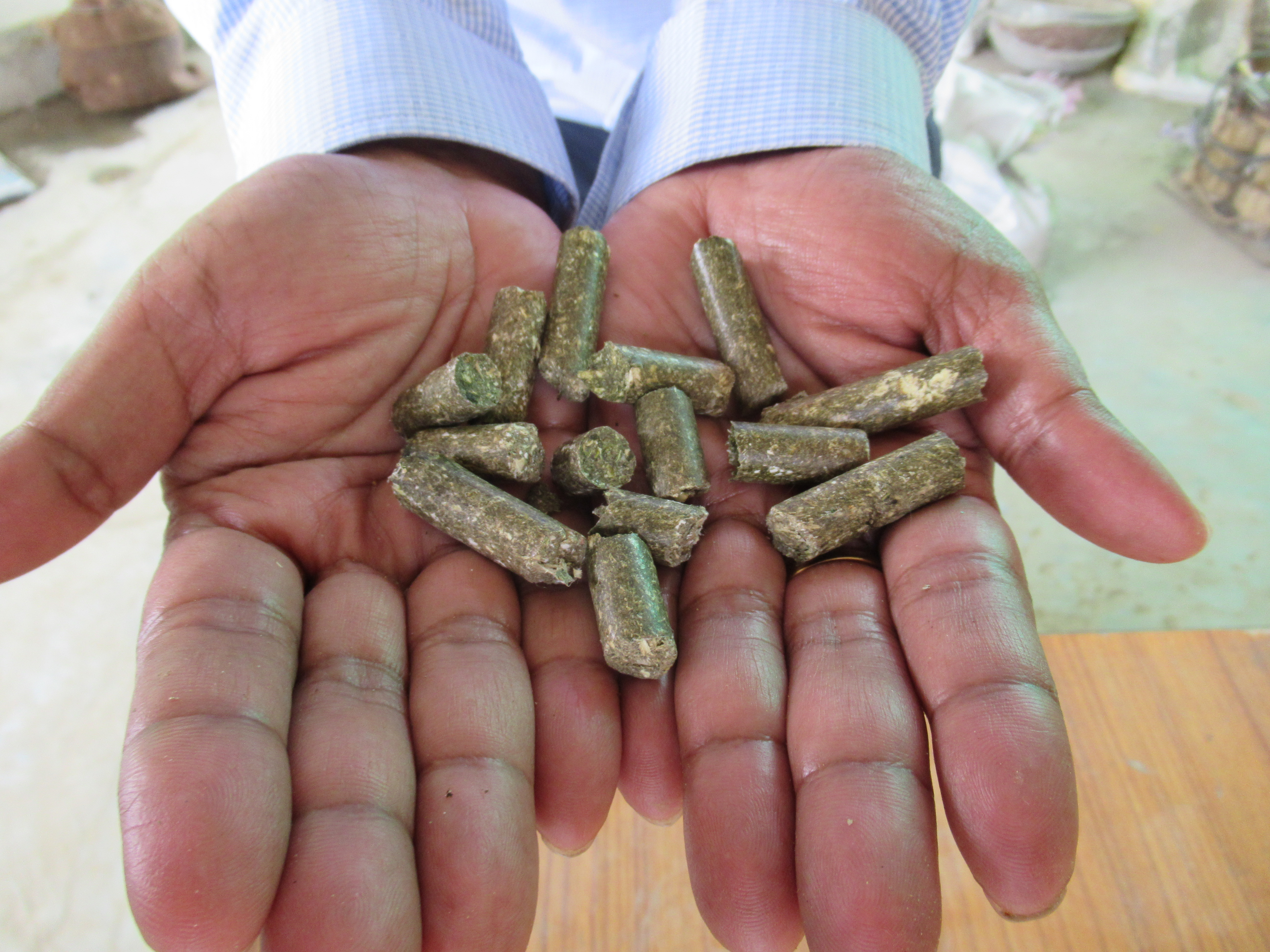Annual drought conditions during summer months, severe flooding during the monsoon season and slimming profit margins on rice and wheat have made farming a high-stakes gamble in India’s eastern state of Bihar. The results of this gamble have negatively affected farmers and their families household nutrition and livelihoods.

Last month, I traveled to Bihar and met with a farmer named Wakil who farms four acres of rice and wheat in the Sursand region. In the midst of these challenges, farmers like Wakil have proven to be incredibly resilient and adaptive. While meeting with Wakil at his home, he shared his ability to adapt, “In addition to rice and wheat, I also grow vegetables in a local garden for my family and have a small scale business where I sell firewood. With additional profits from farming Moringa, I would like to expand my farm, purchase more land and purchase livestock.†Land and livestock are valuable assets for families in India that can provide the opportunity for other modes of income generation.

Other farmers we met also diversified their crops and their income sources by cultivating family vegetable gardens, growing fruit trees, rearing goats for sale and purchasing cows for milk. The vegetables, fruits and milk are primarily for family consumption and also provide an opportunity to sell extra as an additional stream of income. However, despite efforts to diversify, it has become increasingly difficult to earn a fair income and gain good yields from the land. These struggles are taking a toll on the community and the signs of malnutrition were visible on many of the children I met.
 To increase incomes and access to sufficient food, Rise Against Hunger has teamed up with local Bihar non-profit organization, Jai Prabha Mahila Vikas Kendra and Rise Against Hunger India to introduce farmers to a new crop, Moringa oleifera (moringa). Moringa, which grows well in the Bihar climate, can be harvested every 45 days and generate more consistent income for the farmers compared to one harvest for rice and wheat. Additionally, moringa boasts a vast nutritional content; powder made from leaves of the moringa tree includes high amounts of calcium, fiber, iron, and vitamins A, E, C and B2.
To increase incomes and access to sufficient food, Rise Against Hunger has teamed up with local Bihar non-profit organization, Jai Prabha Mahila Vikas Kendra and Rise Against Hunger India to introduce farmers to a new crop, Moringa oleifera (moringa). Moringa, which grows well in the Bihar climate, can be harvested every 45 days and generate more consistent income for the farmers compared to one harvest for rice and wheat. Additionally, moringa boasts a vast nutritional content; powder made from leaves of the moringa tree includes high amounts of calcium, fiber, iron, and vitamins A, E, C and B2.
By training farmers on how to grow moringa, our aim is to achieve two main goals:
- Increase the per acre income of 100 farmers and their families (500 beneficiaries) by promoting moringa planting in one acre units
- Increase return on livestock by promoting goat rearing and cattle rearing based on moringa feed

Both of these approaches are aimed to further augment farmer’s income and provide access to affordable nutrition for their livestock and families. Farmers will sell the leaves at a fair price to local entrepreneurs who process the moringa leaves into pellets for livestock feed. Due to its high nutritional content, the feed has been shown to improve the quantity and quality of livestock raised for selling as well as increase output and quality of milk for goats and cows.

Ultimately, with the success of this first year, we plan to scale up over the next four years with 500 farmers and their families, impacting a total of 2,500 beneficiaries. This will provide a sustainable opportunity for many more farmers like Wakil to earn a steady and gain access to sufficient food for their families.

 "
"